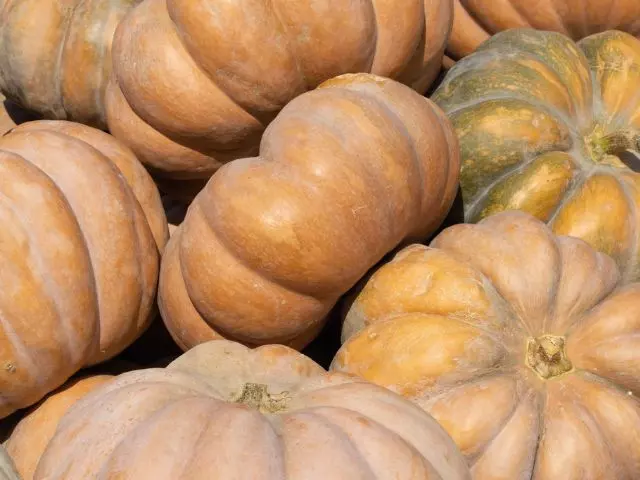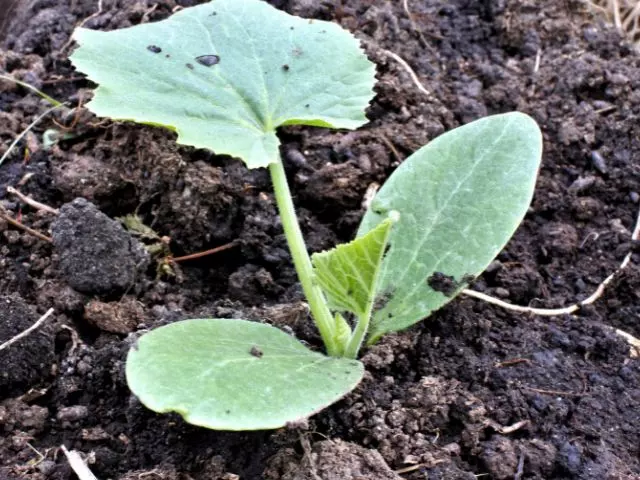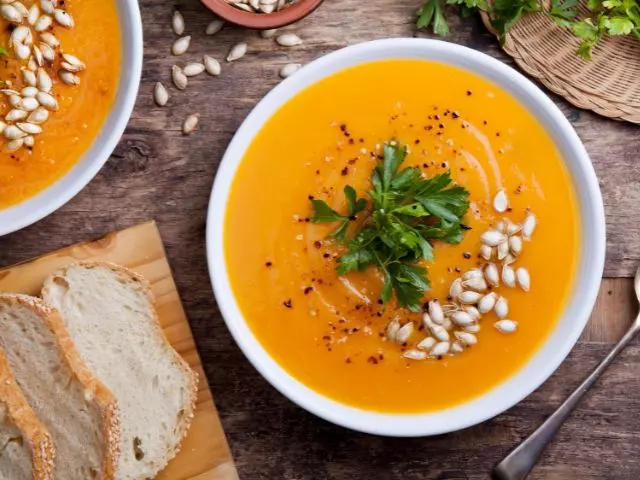What is a Fairytale pumpkin? Are Fairytale pumpkins edible? Discover the enchanting world of the Fairytale pumpkin! Learn about their flavor, uses, and growing tips in this comprehensive guide. From their sweet, buttery taste to their versatility in various dishes, Fairytale pumpkins are a must-try. Find out how to grow them in your garden and incorporate them into your favorite recipes. Don’t miss out on this magical winter squash!
Table of Contents
What Are Fairytale Pumpkins?
Fairytale pumpkins, also known as Musquée de Provence, are a delightful variety of winter squash that offers a unique culinary experience. Fairytale pumpkins have gained popularity in various cuisines worldwide with their sweet, buttery flavor and versatile usage. In this article, we will explore the characteristics, history, and origin of Fairytale pumpkins and their culinary uses and availability.
Fairytale pumpkins belong to the species Cucurbita moschata. They are known for their large, flat shape and deep ribs, which give them a distinctive appearance. When ripe, Fairytale pumpkins transition from dark green to beautiful orange-brown hue. These pumpkins can grow up to 20 pounds (9 kg) or more, an impressive weight, making them a substantial addition to any dish or festive decor.

Are Fairytale Pumpkins Edible?
Yes, Fairytale pumpkins are edible! They have a unique flattened, ribbed shape and deep orange skin with sweet and flavorful flesh inside. People do not commonly use these pumpkins for carving like traditional Halloween pumpkins. Still, they prize them for their culinary qualities.
The flesh of Fairytale pumpkins is smooth, dense, and rich, sweet flavor, making them excellent for cooking and baking. You can use them in recipes such as soups, stews, pies, muffins, and other desserts. The taste of Fairytale pumpkin is very similar to butternut squash.
As with any pumpkin, the seeds can also be roasted and eaten as a tasty and nutritious snack. Just be sure to remove any stringy fibers and rinse the seeds before roasting them with your preferred seasoning. Also, you can eat very nutritious pumpkin sprouts.
History and Origin of Fairytale Pumpkin
Fairytale pumpkins have a fascinating history that traces back to Europe in the 19th century. Originating from a pumpkin species found in Central and South America, Fairytale pumpkins were introduced to France. They gained popularity as a winter heirloom variety. In France, they are known as Musque De Provence squash. They have been cherished for their excellent flavor, unique tan coloring, and ornamental shape since the 19th century.
Fairytale pumpkins made their way to the United States in 1899, where they found a place in the hearts and gardens of pumpkin enthusiasts. Nowadays, you can easily find Fairytale pumpkins at local farmers’ markets around the world, and online seed companies in the United States, Europe, and South Africa also sell them. Their availability during the fall through winter allows individuals to enjoy their delightful flavor and incorporate them into various dishes.
How to Grow Fairytale Pumpkin
To grow Fairytale pumpkin, the first thing to do is to buy quality Fairytale pumpkin seeds to ensure a high germination rate. Start growing Fairytale pumpkin seeds indoors a few weeks before the last frost. The soil temperature should be between 65 to 75°F (18 to 24 °C) for the seeds to germinate. In about 6 to 10 days, the seeds will germinate.
It is recommended to plant Fairytale pumpkin directly in the ground. Plant seeds no more than 1″ (2.5 cm) deep in nutrient-rich, well-drained soil. Late May is usually an excellent time to grow Fairytale pumpkin plants outdoors. Check the frost calendar to verify when the last frost is in your area.
Fairytale pumpkins require consistent moisture throughout the growing season. Water deeply once a week, providing approximately 1 to 2 inches (2.5 to 5 cm) of water. Be careful not to overwater, as this can lead to rotting. For the correct watering of the pumpkin, I recommend you read our article about how often to water pumpkins.
Apply a balanced organic fertilizer at the time of planting and again when the vines start to develop. Follow the manufacturer’s instructions for application rates. A nutrient deficiency may cause pumpkin leaves turning yellow. Follow the link to learn how to fix them.

- Cinderella's Carriage - This pumpkin is as gorgeous as any fairy tale. The elegant shape and coloring of this pumpkin makes it a beautiful ornamental to add to your autumn decorations. It can reach up to 15 lbs and makes beautiful stacks of harvest bounty to display.
- Delicious for Eating - Fairy tale pumpkin is excellent for cooking with and stores well through the winter months. It has a bright orange flesh with a smooth-grained texture that has a good sugar content, making it a good choice for baking, pies, soups, and other dishes.
- Grow Now or Later - Plant now or store for future growing seasons. Will remain viable for years if stored in a cool dry location. Each packet has instructions for saving seeds so you can perpetuate your harvest and share with others.
How and When to Harvest Fairytale Pumpkin
Knowing how and when to harvest Fairytale pumpkin ensures optimal flavor and storage potential. Here are some tips for harvesting and preserving your pumpkins:
Maturity Signs: Fairytale pumpkins turn from dark green to orange-brown when ripe. The rind becomes hard, and the vines start to wither and die. Additionally, the skin should resist puncture when pressed with a fingernail.
Harvesting: To harvest Fairytale pumpkins, use a sharp knife or garden shears to cut the stem, leaving a few inches attached to the pumpkin. Avoid pulling or twisting the pumpkin, as this can damage the fruit or cause it to rot prematurely. Always disinfect your tools with alcohol before using them.
Curing: After harvesting, allow the Fairytale pumpkins to cure in a warm, dry location for about two weeks. This process helps toughen the skin and extends the storage life.
Storage: Fairytale pumpkins can be stored for up to nine months in a cool place away from sunlight. Ensure proper air circulation to prevent mold or rot. Alternatively, you can slice the pumpkins and store them in the refrigerator for up to two weeks.
How to Cook Fairytale Pumpkin
Fairytale pumpkins are versatile and can be used in various delicious, both savory and sweet recipes. Here are some ideas for what you can cook with Fairytale pumpkin:
- Pumpkin Soup
- Pumpkin Puree
- Roasted Fairytale Pumpkin
- Pumpkin Risotto
- Pumpkin Gnocchi
- Pumpkin Seeds
- Pumpkin Hummus
- Pie, Muffins, and Cakes
- Creamy Sauces
These are just a few examples of the many dishes you can create using Fairytale pumpkin. This pumpkin variety’s sweet and creamy flesh makes it a delightful addition to a wide range of recipes.

Final Conclusions
One of the standout features of the Fairytale pumpkin is its exceptionally sweet and creamy flesh. When cooked, it transforms into a velvety smooth texture that effortlessly lends itself to savory and sweet dishes.
Beyond its delectable taste, the Fairytale pumpkin brings substantial nutritional value. Rich in vitamins A, C, and E and essential minerals such as potassium and magnesium, this pumpkin variety contributes to a balanced and nourishing diet.
I hope this article about Fairytale pumpkin will clear all your concerns, and you can enjoy this tasty pumpkin.

